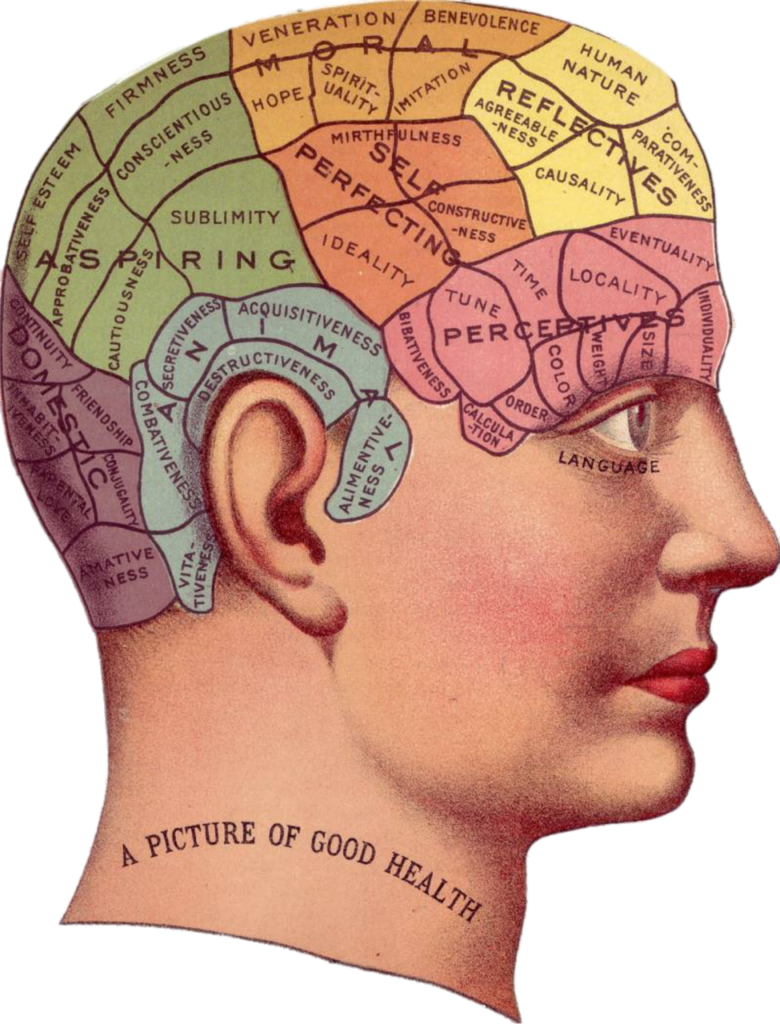FAQ about Art Therapy

20 Questions about Art Therapy
What is art therapy?
Art therapy is about expressing feelings and experiences through art to bridge the gap between pictures and words. When people are experiencing intense feelings and trauma, the emotions and memories get stuck in a part of the brain that is more primal and has less access to words. When a client does artwork, they are working with their hands or body and making artwork that accesses the areas of the brain that don’t have words. With working with hands or body in making pictures, clients use more parts of their brain than one would use by only talking. Since art therapy clients are using more areas of the brain than talk therapy he or she may be able to reach therapeutic goals at a faster rate.
Art therapy? That’s a thing?
Some people might ask an art therapist– what do you have your degree in? There are bachelor, master and doctorate programs dedicated to art therapy. Art therapy started out as an unofficial area of study and therapeutic tool with various artists and psychologist noticing that art had more meaning than was recognized at the time. Today it is a regulated, accredited major and a recognized form of therapy.
What do you have your degree in?
There are bachelor, master and doctorate programs dedicated to art therapy. Art therapy started out as an unofficial area of study and therapeutic tool with various artists and psychologists noticing that art had more meaning than was recognized at the time. Today it is a regulated, accredited major and a recognized form of therapy.
Does insurance cover that?
Many insurance plans cover the costs of art therapy. Insurance codes allow an art therapist to bill for a 25 to 75 minute session using interactive tools with individuals, groups, or families.
What license do you have to get?
In Connecticut, an art therapist can get an LPC (Licensed Professional Counselor), and also get the recognition of completion of a master’s degree art therapy by applying for an ATR (Registered Art Therapist). Some insurance plans cover therapy sessions with Professional Counselors. In October of 2019, the CT state legislature approved the Art Therapy Licensure. Since this is a new license, it may be difficult to assess whether insurances will cover the appointments.
What type of art supplies do you have?
Clients are able to choose from markers, pens, collage materials, boxes, clay, chalk and oil pastels, acrylic paints, watercolor paints, altered books, and sewing projects (with some assistance).
What do clients do in an art therapy session?
The client comes in, talks about their week for a few minutes and then decides what materials they would like to use. If the client doesn’t know what to do, suggestions can be made on what to make for art work with consideration to their case and recent events.
Does a client come once a week for that?
A client can come up to three times a week if the client requires extra support through a difficult time. Most clients come once a week. Some clients have financial struggles and will reduce the amount of time they attend sessions; although, this is not recommended. Other clients feel that they are doing well and feel that less support and less sessions are required.
How many times does a client have to attend?
For some clients, insurance limit the amount of covered sessions so they can choose whether they want to come for only those sessions or continue after that. Each case is unique and therefore a set amount of sessions is difficult to pinpoint. It’s best to allow the client to decide when they want to discontinue therapy– and hopefully that is when they are feeling their best.
Do you interpret the art and symbols?
For some clients, it’s important to their healing to talk about the symbols they’ve chosen for a piece of artwork. For other clients, they like to focus on the process of doing the artwork. In my practice, clients choose what they would like to say about their artwork and usually, a reflective discussion happens afterward.
Do you only work with children?
Many adults and adolescence have found art therapy an important part of their healing process. Art therapists have worked with every population that seeks therapy. Professionally, I work better with adults and adolescents.
What do you specialize in?
I work well with people who are experiencing issues with stress, anger, self-esteem/ self-worth, Post-Traumatic Stress Disorder, adoption issues, dissociation, issues with sex drive, and many others. I also have experience in working with veterans and those in the LGBTQ+ community.
Are there people with disorders you don’t work with?
Art therapists work with any diagnosis or issue. Every therapist has a population they work well with and those who a therapist doesn’t work well with. While I have occasionally worked people who are facing issues with psychosis, I have also had a few clients with Schizophrenia who have left abruptly because they did not like the way treatment was going. Other clients who have left abruptly are people with Borderline Personality Disorder.
Do you incorporate spirituality in your practice?
It depends on the person. I’ve had clients who are Atheists and some who are a Christian-based religion, i.e. Methodist, Catholics, Baptists, and on. When people are in conflict, sometimes they turn away from God or religion. Some people benefit greatly from having a reconnection to spirituality. When people start doing art therapy, some people start to notice the small beautiful parts of life and that can get them to reconnect to an aspect of spirituality.
What do you do with a client who doesn’t want to draw?
If the client is there for art therapy, then they can sit there for the whole session if they want. For others, sometimes something as simple as a scribble or a directive will get the creativity flowing. Also, simply talking is also within my scope of practice. Art therapist is not the only modality I work in.
What do you do with a client whose inappropriate with what they draw?
There’s nothing off-limits in art therapy. Art therapy can lead to great expression and release of feelings that people often feel ashamed about. Some people have used art materials to be provocative and that can lead to some good discussions and discoveries.
Do you address the same issues that a psychologist or social worker would?
Yes, I do. Some psychologists, social workers and helping professionals use hand outs as an interactive tool just as I would also use hand outs or art supplies as an interactive tool. Most clients know what they would want to work on– such as help through a stressful time, anger issues, academic problems, focus, motivation, self-esteem, self-worth, depression, anxiety or symptoms of post-traumatic stress disorder. We all help people achieve their goals and have various ways or tools to get the client there.
Do you have to be an artist or talent to go to art therapy?
No. I’ve seen many clients who don’t consider themselves artists. When I had the show that displayed art created in art therapy sessions, many people were surprised with how many people used stick figures. I’ve seen other clients who enjoy being pushed farther in their artwork.
How does group therapy differ from individual therapy?
In group therapy, people with the same issues such as sex addiction, divorce, sexual trauma, anxiety or other issues, come together to do artwork, support each other, and talk about what they are going through. In doing art together, some people get ideas from seeing what other people are doing. From talking together, people see that they are not alone in what they are going through. In individual sessions, focus is on issues specific to the person and the time is spent talking and doing artwork or only talking. Some people benefit from individual or group therapy and some benefit from both.
What should I bring to the first session?
Bring yourself and your ID. Also, if you have insurance, please bring your insurance card. Some clients bring their own art supplies and sketchbooks in order to share and talk about recent artworks.
What should I know about starting therapy?
In therapy, what you say is confidential. There are some limitations though. For example, I have to report abuse of a child, yourself, another person or the elderly to the proper authorities. Although, I do understand that you might say something out of frustration that you don’t mean.
Know your contract well. While you might agree to pay a reduced fee with me, if you don’t come in and I can’t get a hold of you, your case will go to the default fees and you might owe a great amount of money. Following the contract will help you to avoid such situations.
